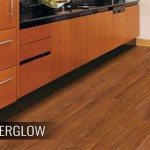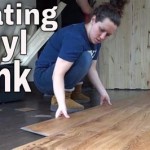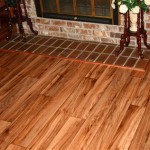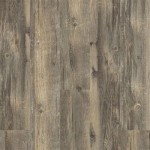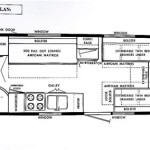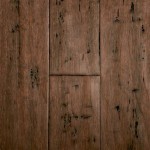Essential Aspects of Laminate Flooring DIY for a Perfect Home Transformation
Transforming your home with laminate flooring is a rewarding DIY project that can elevate the aesthetics and functionality of any space. Whether you're a seasoned DIY enthusiast or a beginner eager to tackle a new challenge, understanding the essential aspects of laminate flooring installation will ensure a successful and satisfying result.
Preparation and Subfloor
Before laying down laminate flooring, preparing the subfloor is crucial. Clean the subfloor thoroughly to remove any dust or debris. Ensure the subfloor is level and smooth, as any irregularities can affect the stability and longevity of the flooring. If necessary, use a leveling compound to correct any imperfections.
Acclimation and Underlayment
Acclimating the laminate flooring to the room's temperature and humidity for at least 48 hours before installation is essential. This allows the planks to adjust to the environment, minimizing the risk of warping or buckling. Before laying the flooring, install an appropriate underlayment that provides sound insulation, moisture protection, and a stable base for the laminate.
Plank Layout and Assembly
Plan the orientation of the planks to achieve the desired aesthetic effect. Typically, planks are installed parallel to the longest wall to create a sense of spaciousness. Start by laying down a few rows of planks, ensuring they fit snugly together by tapping them with a rubber mallet and tapping block. Continue assembling the flooring, staggering the joints between rows to enhance stability.
Edging and Moldings
Once the main flooring is installed, it's time to add edging and moldings to complete the look. Edging strips conceal the cut edges of the flooring and provide a transition to other flooring types. Baseboards cover the gap between the flooring and the wall, creating a clean and polished finish. Carefully measure and cut the moldings to fit, then secure them using nails or adhesive.
Maintenance and Care
Laminate flooring is relatively easy to maintain. Regular sweeping or vacuuming removes loose dirt and dust. For deeper cleaning, use a damp mop with a pH-neutral cleaner specifically designed for laminate flooring. Avoid using harsh chemicals or abrasive cleaners that can damage the finish. Protect the floor from scratches and dents by placing rugs or carpet pads in high-traffic areas.
Conclusion
Installing laminate flooring DIY requires careful preparation, precision, and attention to detail. By following the essential aspects outlined above, you can achieve a professional-looking and durable floor that will enhance the comfort and style of your home for years to come. Whether you're an experienced DIYer or a novice, embarking on this project with a positive attitude and a willingness to learn will ensure a successful and rewarding outcome.

How To Install Laminate Flooring For Beginners

10 Great Tips For A Diy Laminate Flooring Installation The Happy Housie

10 Great Tips For A Diy Laminate Flooring Installation The Happy Housie

Our First Diy Project Laminate Flooring In Ben S Basement Office House Of Hepworths

6 Tips For Installing Laminate Flooring

Tips For Diy Flooring Projects Everything You Need To Know

10 Great Tips For A Diy Laminate Flooring Installation The Happy Housie

Laminate Floor Installation Tips Installing Flooring Vinyl Plank

How To Install Laminate Flooring Like A Pro Addicted 2 Diy

Diy Laminate Flooring Installation
Related Posts

